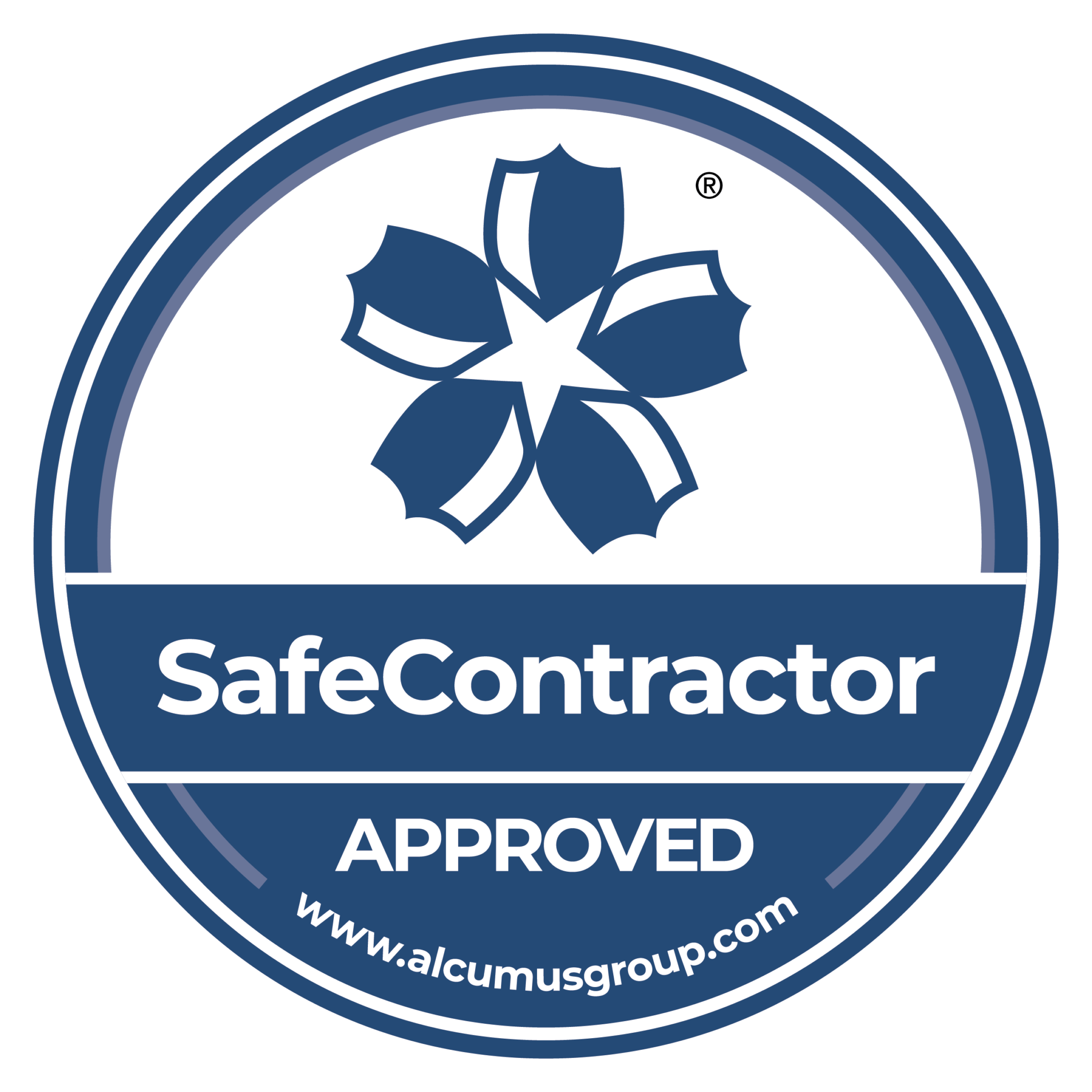Energy Audit on your compressed air system
Walk through assessments may also reveal the need for a full air audit using data loggers to measure operating current and provide an insight of the compressed air utilisation within a given system. Data loggers are attached to the compressor for a minimum of 7-14 days in order to observe and record any trends and demand fluctuation throughout working week days as well as the weekend. Results of such audits can provide a good understanding of the actual compressed air usage over a period of time, identify peaks and troughs in the air demand pattern and identify ways to improve the overall efficiency of the system. Other than helping to properly size an air compressor, air audits can also identify leaks in the installation, especially during night or weekend plant shutdown periods.
Speak to an air compressor expert in your area.
To Book your free Data Logging Audit – Click on the picture below.
Energy Audit & Leak Detection
Compressed air systems don’t always run to their best potential with the following all affecting energy efficiency:
- Incorrectly specified equipment
- Leaks
- Poorly sized & designed pipework
- Long distances
- Excessive bends and fittings
We offer compressed air usage audits in accordance with ISO 11011, using independent data loggers meaning our results are not manufacturer driven.
The data logging equipment allows us to compile a detailed survey of your compressed air systems condition with particular reference to energy and the operating efficiency of the system. We can monitor pressure, flow, energy, operating temperature and dew point, as well as carbon reduction.
Pressure Systems Safety Regulations (PSSR2000)
Written Scheme of Examination UK
All new and existing compressed air installations must conform to the Pressure Systems Safety Regulations (PSSR2000).
While being a legal requirement, a written scheme of examination is essentially a report that details safety devices and components associated with the systems pressure vessels. It will also detail inspection periods and sometimes a schematic drawing of the whole air network is required.
And who is responsible for compliance? It is you, as the owner and end user – but no need to get confused or worried, that’s what we’re here to help with!














